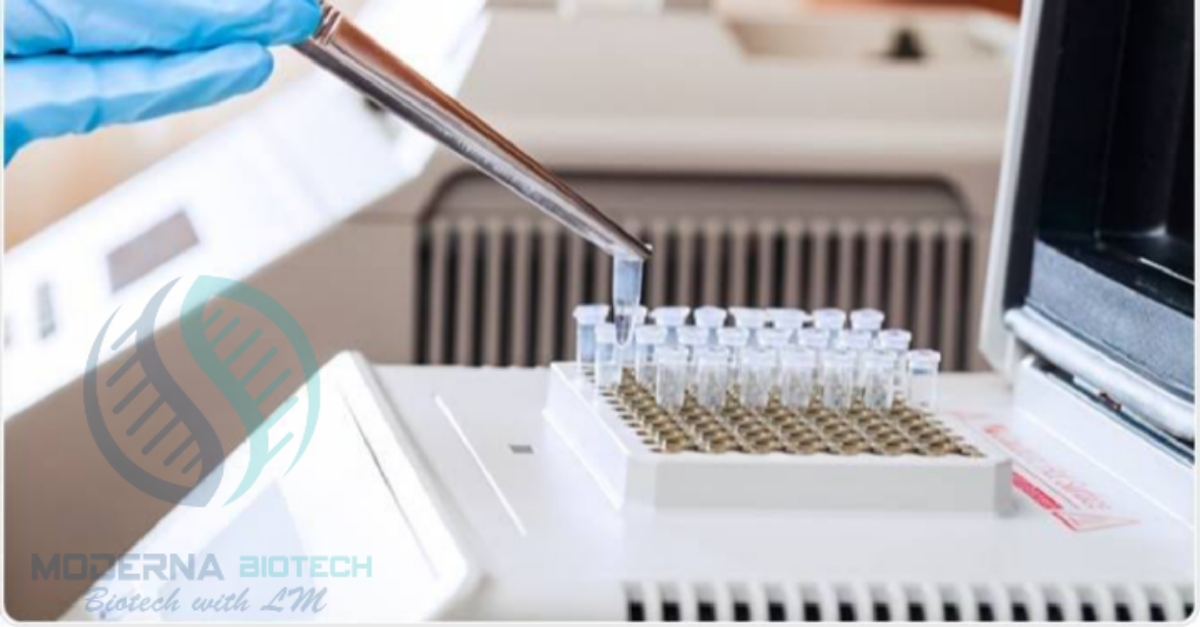HIV Test Near Me – 10 Reasons to test for HIV
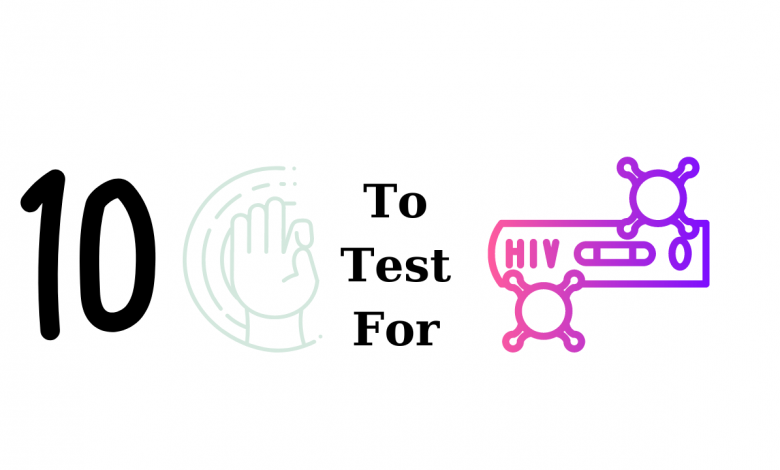
In today’s world, where health takes center stage, it’s crucial to prioritize regular medical check-ups. One of the key screenings that everyone should consider is HIV testing. Human Immunodeficiency Virus (HIV) is a serious health concern that can affect people from all walks of life. Getting tested for HIV is not just a responsible choice; it’s a proactive step towards safeguarding your well-being. In this article, we’ll explore 10 compelling reasons why everyone should consider undergoing an HIV test.
Table of Contents
Exploring the 10 Reasons to test for HIV
Early Detection Saves Lives
Early detection of HIV allows for timely intervention and appropriate medical care. With advancements in medical science, early treatment significantly improves life expectancy and quality of life for those living with HIV.
Protect Your Partner
Knowing your HIV status is crucial for protecting your partner. If you test positive, you can take necessary precautions to prevent the transmission of the virus to your loved ones.
Reduce the Spread of HIV
Getting tested and knowing your status is a responsible way to contribute to the reduction of HIV transmission. By being aware of your status, you can take precautions to avoid spreading the virus to others.
Peace of Mind
Regular HIV testing provides peace of mind, allowing you to live life with confidence and without unnecessary worry.
Effective Treatment Options
Advances in medical research have led to highly effective treatments for HIV. Timely testing and diagnosis enable individuals to access these treatments, managing the virus effectively and maintaining a good quality of life.
Break the Stigma
By openly discussing and normalizing HIV testing, we contribute to breaking down the stigma surrounding the virus. Encouraging others to get tested helps create a supportive environment for those living with HIV.
Pregnancy Planning
For couples planning to start a family, knowing your HIV status is crucial. Early detection and appropriate medical interventions can reduce the risk of mother-to-child transmission during pregnancy and childbirth.
Peaceful Relationships
Open communication about HIV testing fosters trust and openness in relationships. Knowing that both partners are aware of their HIV status strengthens the foundation of a healthy and trusting partnership.
Routine Health Check-up:
Incorporating HIV testing into routine health check-ups ensures comprehensive care. It’s a simple step that can be seamlessly integrated into regular medical examinations, promoting overall well-being.
Accessible Testing Services:
HIV testing has become more accessible and convenient than ever. Many healthcare providers, clinics, and community centers offer confidential and discreet testing services, making it easy for individuals to prioritize their health.
Getting tested for HIV is a responsible and essential aspect of maintaining good health. Whether you are single, in a relationship, planning a family, or just prioritizing your overall well-being, HIV testing is a simple yet powerful step that contributes to personal and public health. Take charge of your health, break the stigma, and encourage others to join the journey towards a healthier, more informed society.

Why Testing for HIV is Important
Hey there! Have you ever wondered why people talk about getting tested for HIV? Well, it’s because HIV is a kind of germ that can affect our bodies, and it’s important to know if we have it or not. Let’s explore why testing for HIV is super important, especially for grown-ups.
1. Stay Healthy:
Imagine you have a superhero shield to protect yourself. Knowing if you have HIV is like having an extra shield for your body. If you find out early, doctors can help you stay healthy and strong.
2. Help Others:
When you know if you have HIV, you can make sure you don’t give it to others. It’s like being a superhero who stops the bad germs from spreading. Testing helps everyone stay safe and healthy.
3. Feel Better Inside:
Knowing about your health can make you feel better on the inside. It’s like solving a puzzle – once you know the pieces, everything makes more sense. Testing helps you understand your body better.
4. Stop Germs from Spreading:
HIV is a tricky germ, but we can stop it from spreading. When we get tested, we learn if we need special medicine to fight the germ. This helps everyone stay well.
5. Tell Friends and Family:
Imagine you have a cool secret – but it’s not a superhero secret. It’s knowing how to stay healthy. When grown-ups get tested, they can tell their friends and family about it. It’s like sharing a special recipe for staying strong!
So, why is testing for HIV important? It’s like wearing a superhero cape to keep you and everyone around you safe. It’s not scary – it’s smart! By getting tested, grown-ups can be superheroes in real life, protecting themselves and their friends. So, let’s remember, staying healthy is cool, and testing for HIV is one way to be a health superhero!
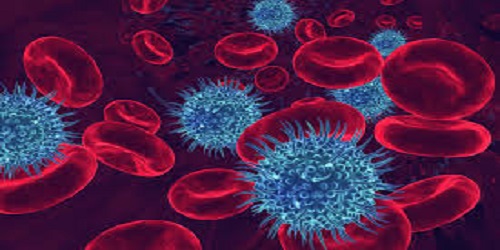
What is the most common test for HIV
Did you know there’s a special check-up to make sure our bodies are strong and healthy? Grown-ups call it an HIV test, and it’s like having a superhero shield to keep everyone safe. Let’s chat about the most common superhero check-up for HIV that many grown-ups take!
1. The Finger Poke:
Imagine a tiny poke on your finger – it’s quick and doesn’t hurt much. This is how many superheroes get their first clue. A drop of blood shows if there are any tricky germs like HIV.
2. The Cool Swab:
Another superhero move is the swab – like a tiny Q-tip but even cooler! It goes inside your mouth to collect some spit. No need to worry; it’s easy peasy!
3. The Lab Test:
After the finger poke or cool swab, the superhero sample goes to a special lab. Scientists there use their superpowers to check if there are any germs like HIV. It’s like sending a superhero message for help!
4. The Results Talk:
Finally, after a bit, there’s a talk with the superhero doctor. They share the results, and if everything is okay, it’s a celebration! If there’s something tricky, the superhero doctor helps make a plan to keep everyone healthy.
5. The Secret-Keeping Team:
The best part? It’s a secret-keeping team! The results stay between the superhero and their doctor. They can choose to share the news if they want, but it’s all about being a health superhero and keeping everyone strong.
So, what’s the most common superhero check-up for HIV? It’s like a quick finger poke or a cool swab – easy and fast! The superhero doctors make sure everyone stays healthy and strong. Remember, being a health superhero is cool, and these superhero check-ups are one way to keep our superhero community safe and sound!
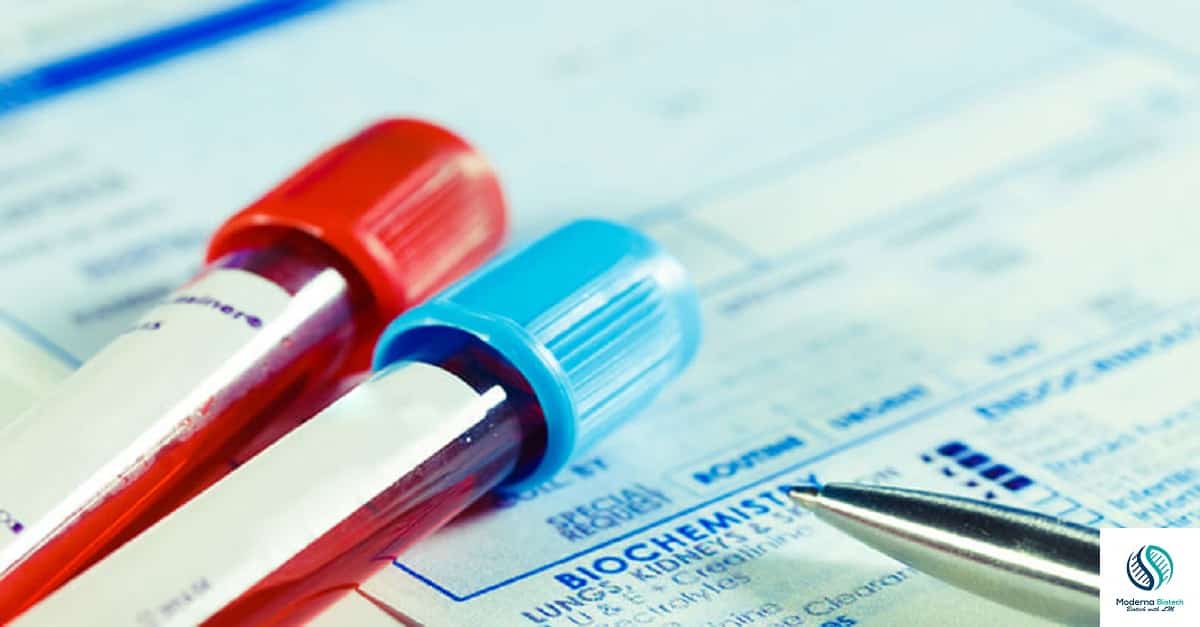
Are HIV Tests Standards?
Let’s find out if these tests are standard, just like our favorite comic book adventures!
1. The Hero’s Toolkit:
Imagine a superhero toolkit filled with gadgets. HIV tests have their own toolkit, and guess what? It’s kinda standard! There are a few ways to check for tricky germs like HIV, but the tools in the superhero toolkit are like cousins – a bit different but all working for the same mission.
2. The Finger Poke Quest:
One Best tool is the finger poke. It’s like a quick quest to collect a tiny drop of blood. Many Doctors start their journey this way. It’s fast and helps the superhero doctors get the info they need.
3. The Swab Adventure:
Another tool in the superhero toolkit is the swab adventure. It’s like a mini-quest inside your mouth with a cool Q-tip. Some superheroes choose this path, and it’s just as awesome as the finger poke quest!
4. The Lab Headquarters:
Now, where do the superhero samples go? To the lab headquarters! This is where superhero scientists use their powers to check if there are any tricky germs. It’s like a secret mission to keep everyone safe.
5. The Results Chat:
After the Doctor samples return from the lab, there’s a chat with the superhero doctor. They talk about the results – celebrating when everything’s great and making a plan if there’s a tricky part. It’s all about keeping our superhero community strong.
So, are HIV tests standard? Yes, in a superhero way! There are different tools in the superhero toolkit, like the finger poke and the swab adventure. They all help our superhero doctors on their mission to keep everyone healthy. Remember, being a health superhero is awesome, and these superhero check-ups are here to make sure our superhero community stays safe and sound!
You’ve probably heard about HIV tests, but do you know what they’re looking for? Let’s dive into the details and uncover what these tests are searching for inside our bodies.
What does hiv test look for
1. Hunting Tricky Germs:
Our bodies can sometimes have tricky germs called HIV. The HIV test is like a secret investigator, on a mission to find out if any of these germs are playing hide-and-seek inside us.
2. The Blood Detective:
Imagine a detective collecting clues – that’s the blood part of the HIV test. A tiny drop of blood is gathered to see if it contains any hints or signs of those tricky germs we call HIV.
3. The Swab Explorer:
Now, let’s talk about the swab. It’s like an explorer on a mission inside your mouth. The swab collects spit, and just like a treasure hunt, it’s checked to see if there are any signs of those tricky germs we want to know about.
4. The Lab Analysts:
After our samples make their journey, they reach the lab – a special place with scientists who analyze things. These scientists use their skills to examine the samples closely and check for anything that might need attention.
5. The Results Conversation:
Finally, after the lab work is done, there’s a conversation with the doctor. They discuss the results, like having a chat about important news. If everything looks good, it’s a relief! If there’s something tricky, the doctor helps figure out a plan to keep us safe and healthy.
So, what does an HIV test search for? It’s like a mystery-solving mission to find those tricky germs called HIV. The test, with its blood detective and swab explorer tools, helps our doctors keep everyone in our community strong and healthy. Remember, taking these tests is about making sure we all stay safe and sound! Biochemical tests for Staphylococcus aureus
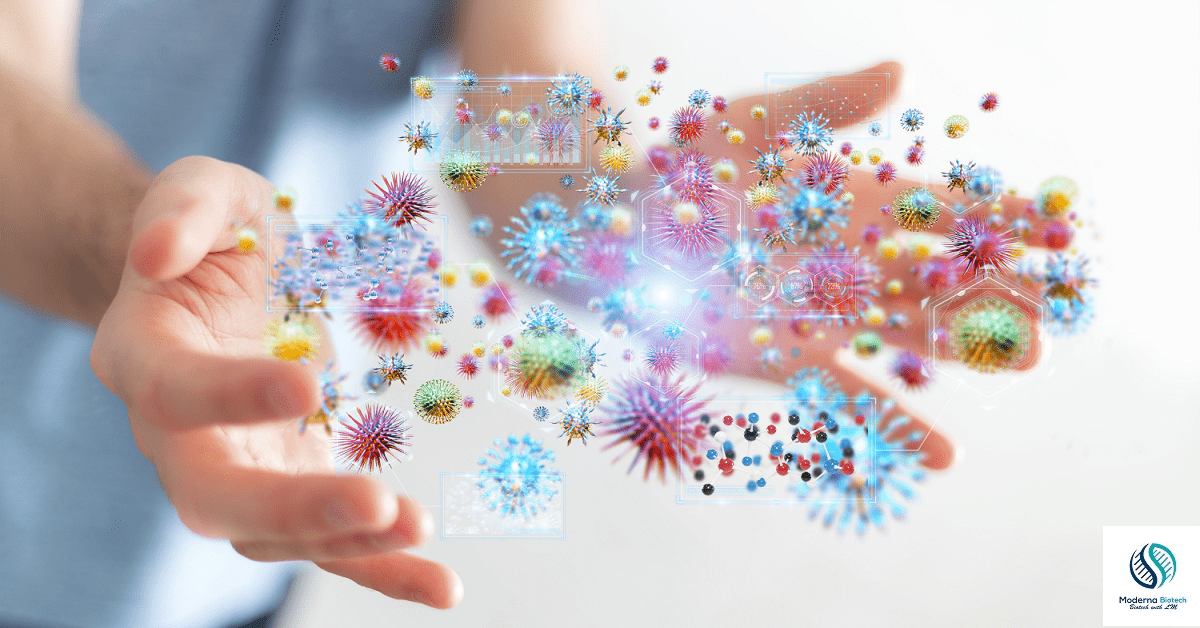
What does the standard HIV test identify
Ever wondered what happens during a standard HIV test? Let’s uncover the mystery and explore what this essential test aims to identify inside our bodies.
1. Detecting Tricky Germs:
The standard HIV test is like a detective on a mission to detect tricky germs known as HIV. It wants to find out if any of these tiny invaders are hanging out in our bodies.
2. Blood Sample Clues:
Imagine a tiny drop of blood telling a story – that’s what the standard HIV test does. It collects a small sample of blood to see if there are any clues or signs of the tricky germs we call HIV.
3. Mouth Expedition with a Swab:
Now, picture an explorer on a quest inside your mouth. The standard HIV test uses a swab to collect a sample of spit. This sample is examined to uncover any signs of those tricky germs we want to know about.
4. Laboratory Investigation:
After the samples are collected, they journey to a special place called the laboratory. In this scientific hub, experts use their skills to investigate the samples thoroughly, checking for any presence of the elusive HIV germs.
5. Results Conversation:
Once the lab work is complete, there’s a conversation with the doctor. They discuss the results, like having an important chat about what was discovered. If everything looks good, it’s a relief! If there’s something to address, the doctor helps create a plan to ensure our well-being.
So, what does the standard HIV test identify? It’s like a mission to uncover those tricky germs, known as HIV, inside our bodies. With its focus on blood samples and mouth swabs, the test helps doctors keep our community healthy. Remember, taking these tests is a crucial step in ensuring we all stay safe and sound! Also Explore Different Biology Topics



